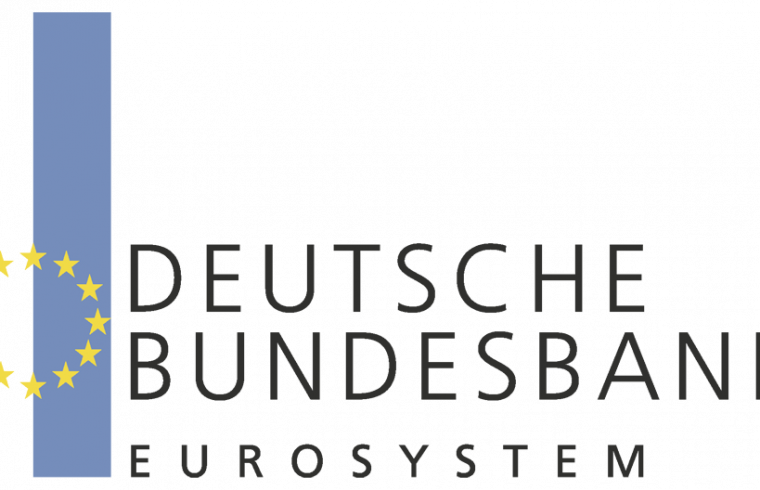Contactless payment has become the norm in Germany. According to a recent survey conducted on behalf of the Deutsche Bundesbank, 32% of the holders of contactless debit cards are now taking advantage of the opportunity to make payments “on the go”. Amongst users of credit cards, the figure is 39%. “Contactless payment has thus become a fixture of daily life,” said Burkhard Balz, the Bundesbank Executive Board member responsible for payments. The comprehensive rollout of the necessary cards with a contactless payment function has not yet occurred. According to the survey, although 95% of respondents own a debit card such as girocard, only 49% of these cards were outfitted with a contactless payment function during the survey period.
“It has also now become standard practice to pay at the point of sale using a smartphone,” Mr Balz continued. The mobile payment solutions provided by the savings banks and cooperative institutions are the best known in this regard (by 47% of respondents) and are already being used by 11% of respondents. Only Payback Pay is used somewhat more frequently (12%). Solutions supplied by international internet giants such as Google Pay and Apple Pay are nearly equally well known (by 45% and 41% respectively), but are being used less so far (by 5% and 4% respectively).
At the same time, the current account remains pivotal to the handling of payments in Germany: 98% of the public has access to a current account. However, as many as 30% of younger respondents aged 25 to 34 could imagine keeping their account with another provider, such as an internet company, rather than with a bank.
Background to the study
Since 2008, the Bundesbank has been regularly conducting extensive studies on payment behaviour. In these surveys, 2,000 people from the general public, chosen at random, are interviewed in person. The respondents then keep a diary for a week in which they document their payment behaviour. The results of these surveys are published in the “Payment behaviour in Germany” study series and can be found by visiting the same named link at the bottom of this page. Moreover, the results have been incorporated into a Europe-wide comparative study conducted by the European Central Bank (ECB) (see link “Occasional Paper Series” below). The ECB has commissioned a second Europe-wide study for 2019. The Bundesbank assisted the ECB study in conducting the survey in Germany, with data also being collected on questions specific to the German market. The insights gained from the evaluation of these data have now been published for the first time.












